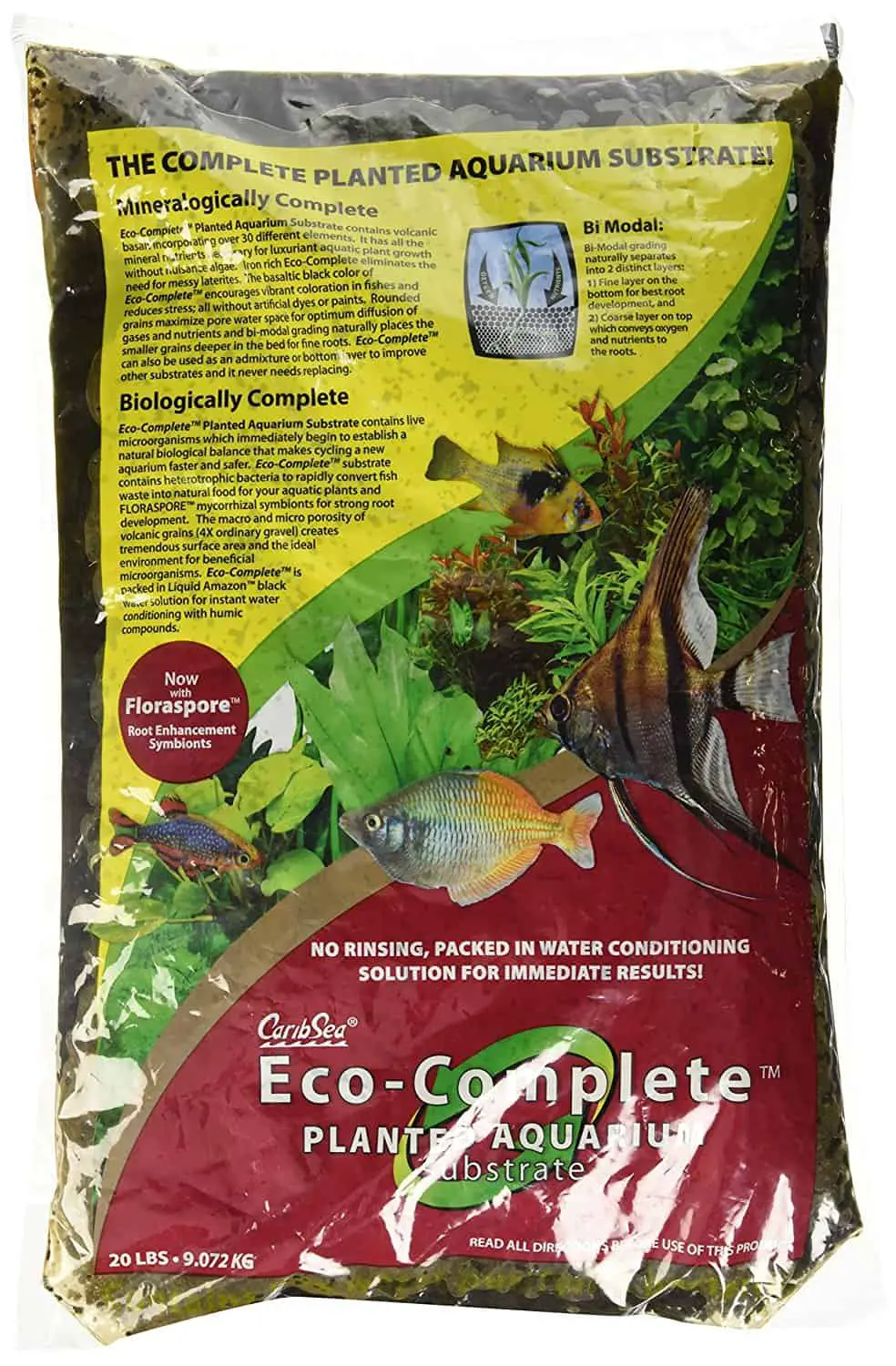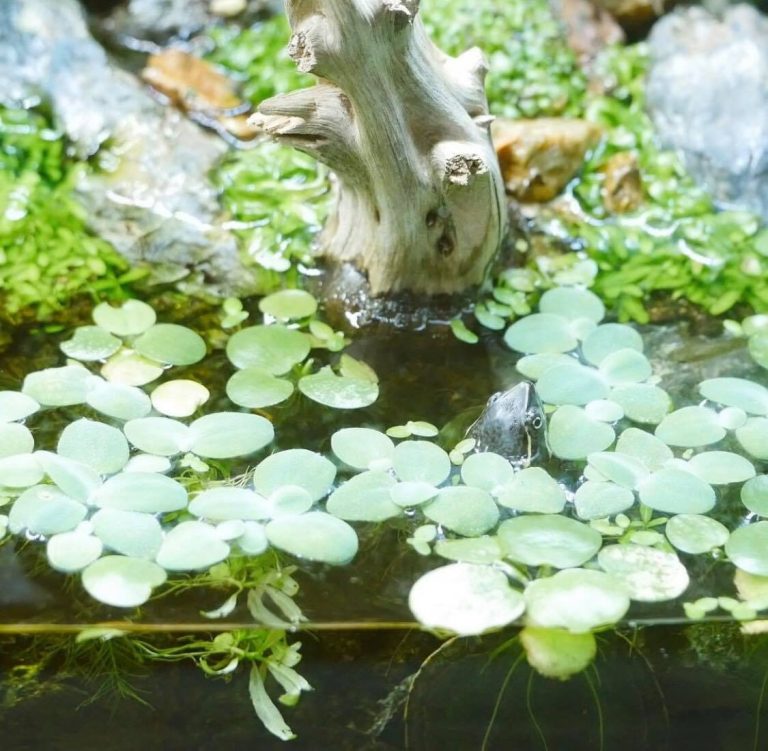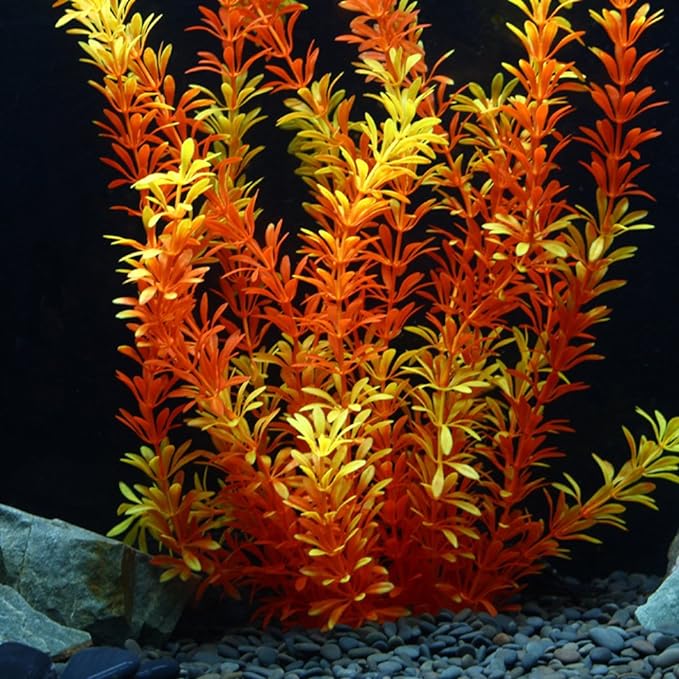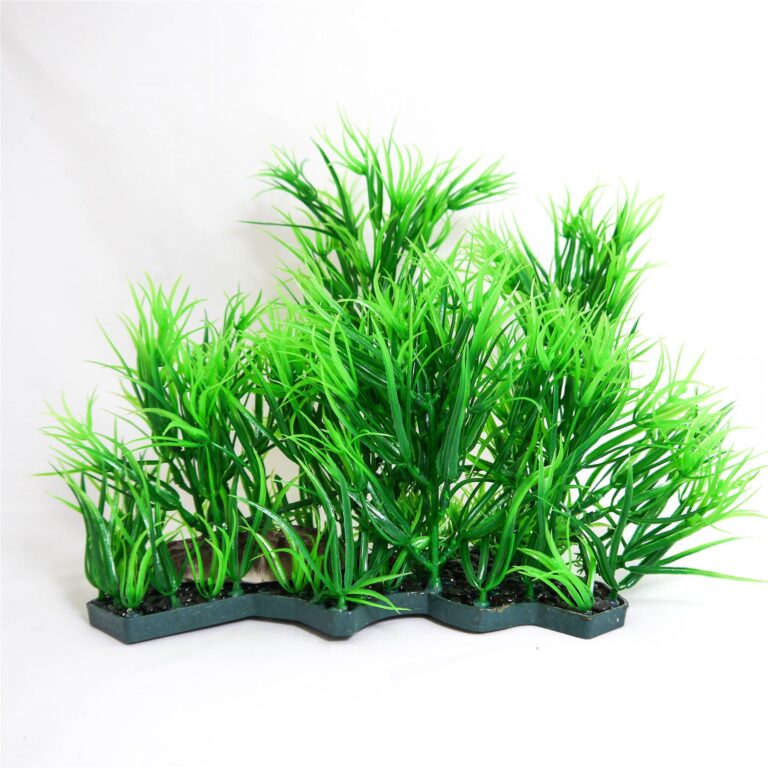Aquarium Live Plant Substrate
Aquarium Live Plant Substrate: Everything You Need to Know
What is the best substrate for live aquarium plants?
When it comes to creating a thriving and vibrant aquarium, live plants can make all the difference. They not only provide aesthetic appeal and mimic a natural environment, but they also offer numerous benefits to your aquarium ecosystem.
One crucial component to consider when maintaining live plants in your aquarium is the substrate – the material that lines the bottom of the tank. The substrate plays a vital role in supporting plant growth by providing them with essential nutrients and stability. But with so many options available on the market, how do you choose the best substrate for your aquarium live plants?
In this article, we will explore different types of aquarium live plant substrates, their benefits, and how to choose the right one for your aquatic plants. So, let’s dive in and discover everything you need to know about aquarium live plant substrates.
Why is the substrate important for aquarium live plants?
The substrate is a crucial element for aquarium live plants as it serves multiple essential purposes:
Nutrient Absorption: Live plants require various nutrients to grow, including macro and micronutrients. The substrate acts as a reservoir, absorbing and storing these nutrients, which are then released for the plants’ consumption.
Root Development: The substrate provides a medium for live plants to anchor their roots, allowing them to establish a strong foundation and absorb nutrients effectively.
Biological Filtration: Beneficial bacteria that contribute to the nitrogen cycle in the aquarium reside in the substrate. These bacteria convert harmful ammonia and nitrites into less toxic nitrates, creating a healthier environment for your aquatic plants and fish.
Aesthetic Appeal: The substrate serves as a canvas, enhancing the visual appeal of your aquarium by creating a natural and realistic environment for your plants and fish.
Types of aquarium live plant substrates
There are several types of substrates available, each with its own unique properties and benefits. Let’s take a closer look at some popular options:
Gravel: Gravel is perhaps the most commonly used substrate for aquariums. It comes in various sizes and colors, allowing for creativity in tank design. However, gravel doesn’t provide many nutrients for plants, so additional fertilization is necessary.
Sand: Sand is another popular choice, particularly for planted aquariums with delicate plant species. It provides a more natural look and is easy to maintain. However, sand can compact over time, affecting water circulation and root growth.
Aqua Soil: Aqua soil is a specialized substrate specifically designed for planted aquariums. It is rich in essential nutrients, helping plants thrive without the need for additional fertilizers. Aqua soil also has excellent water retention properties, promoting healthy root development.
Clay-based Substrat: Clay-based substrates are high in mineral content and provide an excellent source of nutrients for aquarium plants. They also help buffer pH levels and improve water clarity. However, they can be messy and require thorough rinsing before use.
Choosing the right substrate for your aquarium
When selecting a substrate for your aquarium live plants, several factors come into play. Consider the following:
Plant Selection: Different plant species have different preferences when it comes to substrates. Research the requirements of the plants you want to keep to ensure compatibility.
Water Parameters: The type of substrate you choose can influence water parameters like pH and hardness. Make sure the substrate aligns with the needs of your plants and aquatic inhabitants.
Nutrient Availability: Assess the nutrient needs of your plants and choose a substrate that can adequately supply these nutrients. Some substrates, like aqua soil, offer excellent nutrient retention and release properties.
Aquarium Setup: Consider the overall aesthetics of your aquarium and choose a substrate that complements your design and the fish species you plan to keep.
Tips for using aquarium live plant substrates
Once you’ve selected the right substrate for your aquarium live plants, here are some tips for proper usage:
Rinse Thoroughly: Many substrates require rinsing before use. This helps remove any debris or dust, preventing cloudiness in the aquarium.
Layer Thickness: Consider the thickness of your substrate layer. Around 1-2 inches is typically sufficient for most planted tanks.
Fertilization: Depending on your substrate choice, additional fertilization may still be necessary. Monitor the nutrient levels in your aquarium to ensure optimal plant growth.
Monitoring Parameters: Regularly test water parameters, including pH, hardness, and nutrient levels, to maintain a healthy balance for your plants and fish.
Frequently Asked Questions
Q: Can I mix different types of substrates in my aquarium?
A: Yes, you can mix different substrates to create unique aesthetics and provide a balance between nutrient availability and stability.
Q: How often should I change the substrate?
A: Substrate changes are not necessary unless there is a specific reason, such as excessive algae growth or contamination. However, regular vacuuming and maintenance are essential to keep the substrate clean and prevent any debris buildup.
Q: Can I use regular garden soil as a substrate?
A: Garden soil should be avoided in aquariums as it can contain harmful chemicals or contaminants that are detrimental to fish and plants. Stick to substrates specifically designed for aquarium use.
Q: Should I use a substrate heater?
A: A substrate heater can provide localized heating, promoting healthy root development and enhancing plant growth. However, it is not essential for all aquarium setups and depends on the requirements of your plants and fish.
Final Thoughts
Choosing the right substrate for your aquarium live plants is a crucial step in creating a thriving aquatic environment. Consider the needs of your plants, water parameters, and overall design to make an informed decision. Remember to properly maintain and monitor your substrate to ensure the health and vitality of your aquarium plants. With the right substrate, your live plants will flourish, creating a stunning underwater landscape for you to enjoy.






